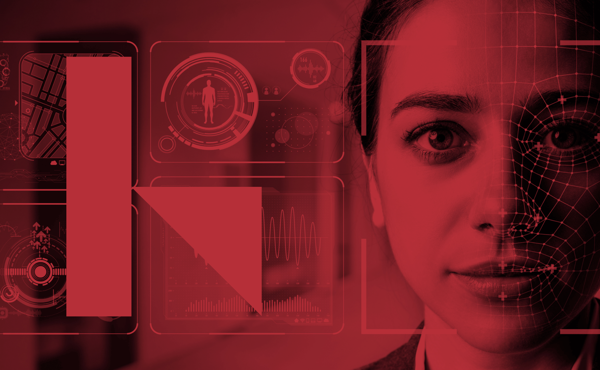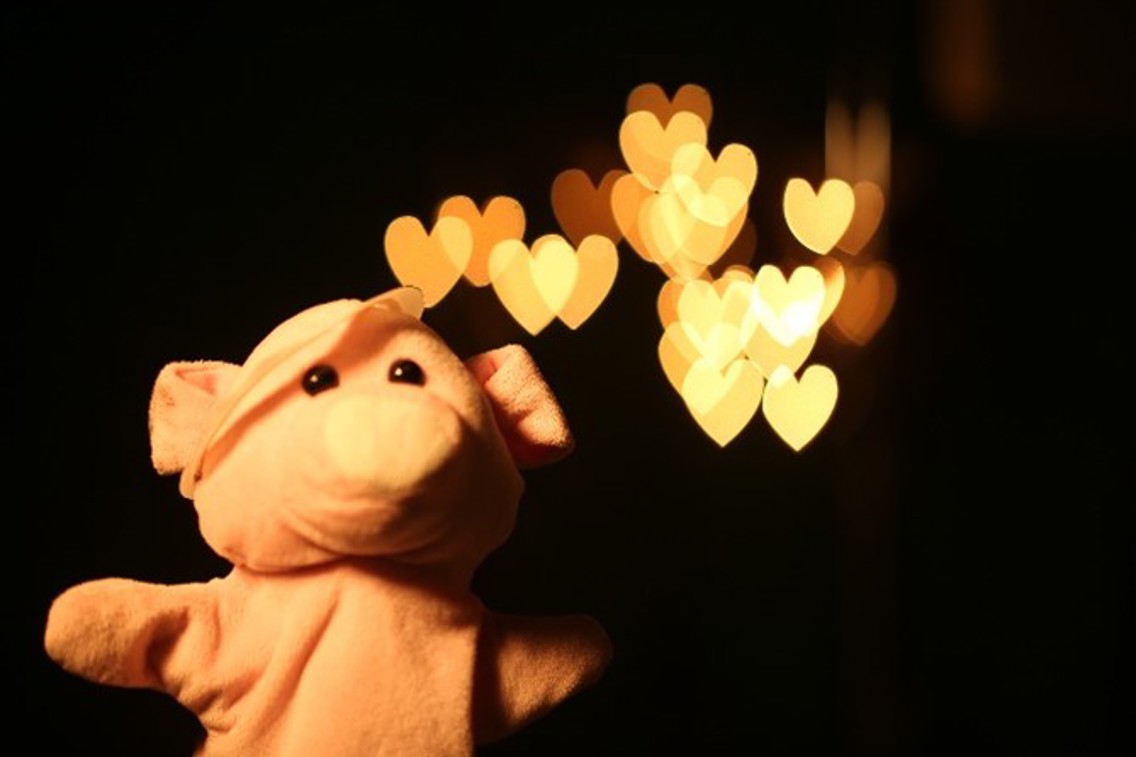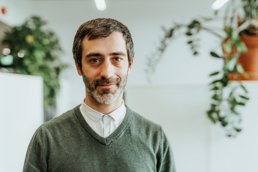A simple trick for personalized Christmas photos - with an added science bonus
-
Sist oppdatert
22. desember 2023
-
Kategori
-
Tema
- Christmas photos
- Blur
- Bokeh
- DIY
-
Sist oppdatert
22. desember 2023
-
Kategori
-
Tema
- Christmas photos
- Blur
- Bokeh
- DIY
How is blur in photos created? And what is "bokeh"? Here's a step-by-step DYI-project with scientific explanations included.
CHRISTMAS AT KRISTIANIA: Álvaro Lomba on blur and bokeh in photos
The end of the year is approaching and with it comes the time to meet family and loved ones, materialising their existence into a physical form that we can experience through all our senses and not through a mere digital interface.
These are moments for taking dreamy photographic memories in front of bright Christmas lights to the delight of our social media contacts.
Here's a little project for customizing your family photos’ highlights using a DIY creative“bokeh”:
Step 1: Cut out a recognizable shape

Use cardboard or thick paper and cut out a shape you like: a heart, a tree, a star, your cat - use your imagination! Start with a small cut-out shape first (2x2cm). Its size depends on your lens’ aperture, if you cut it too big, the effect won’t work.
Step 2: Place the card in front of your lens and focus on an object

Step 3: Shoot the picture

The same picture shot with and without our heart-shaped-card.
How is this effect created?
Lens bokeh, taking its name from the Japanese term “boke”, means “blur” or “haze”. Bokeh is the name given to the quality of the out-of-focus areas in a photograph, and its appearance depends on the construction of the lens.
Let’s start by explaining the meaning of out-of-focus and how this happens. Optical lenses use the properties of multiple glass elements to spread and bend light into converging at the camera’s sensor. When we rotate the focus ring on a camera lens (or chose the focus on a mobile phone), we are changing the position of those glass elements, altering the convergence or meeting point of the light rays inside the lens.
By doing this, the light from all the objects the lens “sees” at a specific distance come together, producing sharp contours. These “objects” may be your family members, who you want to be in focus. The rest of the room will be blurred because the rays from those areas don’t converge on your sensor. In those areas, the photosensitive sensor will not be hit by the light of a especific point but rather from a wider area called circle of confusion, blending all the details into a blurry, featureless blob.
Bokeh occurs on all areas of all photographs. However, its effects are much more noticeable in the very out-of-focus areas due to the bigger circle of confusion. And especially in dimly lit scenes with small points of light far from the focal point. Imagine a night shot of a person in front of distant city lights, sinilar to the header photo in this article. This creates rear bokeh. A party sparkler very close to the camera while the focus is on a on a person farther behind would create front bokeh.

Rear and front bokeh of the same lens in different positions. Notice the uneven distribution of light on the screen. Rear bokeh has darker and softer edges while front bokeh shows a brighter edge.
The size of the bokeh can be adjusted by changing the lens aperture. Bokeh size and aperture are proportional. This is because the aperture determines how big the area, through which light enters the sensor. That way the bigger that area is, the bigger the circle of confusion and consequently, the bigger the bokeh. By placing our cut-out card in front of the lens we are blocking the light from some specific directions, an effect barely noticeable in the in-focus areas, but clearly visible in the parts where the circle of confusion is bigger (out-of-focus areas).
Bokeh “character” is determined by the construction of the lens elements, leaving limited space for artistic expression, but its shape can be easily altered by partially blocking the incoming light in front of the lens. This is why we can create the shapes we want out of the lights in our photos – hearts, trees, stars, snow flakes; use your imagination and add a personal touch to your Christmas photos!
Nerdy details
- Photons travel at the speed of light, so from their point of view, they are created and simultaneously absorbed by your camera sensor.
- Different light wavelengths have different refractive indices, which must be corrected by the manufacturer, otherwise your photographs could end up sharp on the warm tones but out of focus on the cold tones.
-
Refraction, or «bending of light» occurs when a beam crosses the boundary between two mediums with different indices of refraction, the bigger the difference between their indices of refraction, the more the light will bend.
-
The IOR (index of refraction) is determined by the density of the medium, which determines the speed of light through that medium.
-
Beams of light follow Fermat’s «Principle of Least Time»; light will bend more or less to find the path that will take it the least amount of time to traverse. E.g: You would not simply run and swim on a straight line to assist a person in the water at the beach. You would rather cover most of the distance by running on the sand (a medium where you are faster), and enter the water when you are already closer. The optimal moment to enter the water is determined by the ratio of your speed running on sand versus your speed swimming.
Text: Álvaro Lomba, høyskolelektor ved Westerdals Institutt for film og medier, School of Arts, Design and Media ved Kristiania.
Foto: Álvaro Lomba og Hilde Finnseth.
We love hearing from you!
Send us your questions or comments by e-mail: kunnskap@kristiania.no.
Stay up to date on news from Kunnskap Kristiania:
Siste nytt fra Kunnskap Kristiania
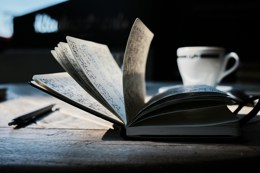 Kunnskap KristianiaLes mer
Kunnskap KristianiaLes merHvordan blir du en god historieforteller?
Forfattere trenger teknikker som plotutvikling, karakterbygging, og stemningssetting for å navigere gjennom skriveprosessen.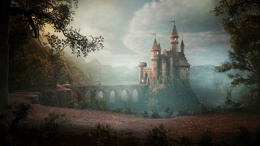 Kunnskap KristianiaLes mer
Kunnskap KristianiaLes mer3D på film og i spill - slik gjør de det
3D-grafikere konstruerer både realistiske og eventyrlige verdener. Her er en smakebit fra Norges første lærebok i 3D-grafikk.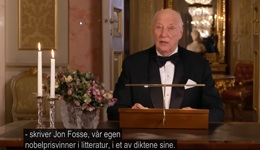 Kunnskap KristianiaLes mer
Kunnskap KristianiaLes merNyttårstalen: - Kongen våger å bruke egen stemme og posisjon
Kong Harald evner å være en myk balansekunstner med ryggrad, skriver Kjell Terje Ringdal. Kunnskap KristianiaLes mer
Kunnskap KristianiaLes merÅrskavalkaden - våre mest populære artikler i 2023
Kunnskap Kristiania gir smakebiter fra høyskolens forskning, kunstnerisk utviklingsarbeid, fagkunnskap og samfunnsdebatt. Dette var lesernes favoritter i 2023.
